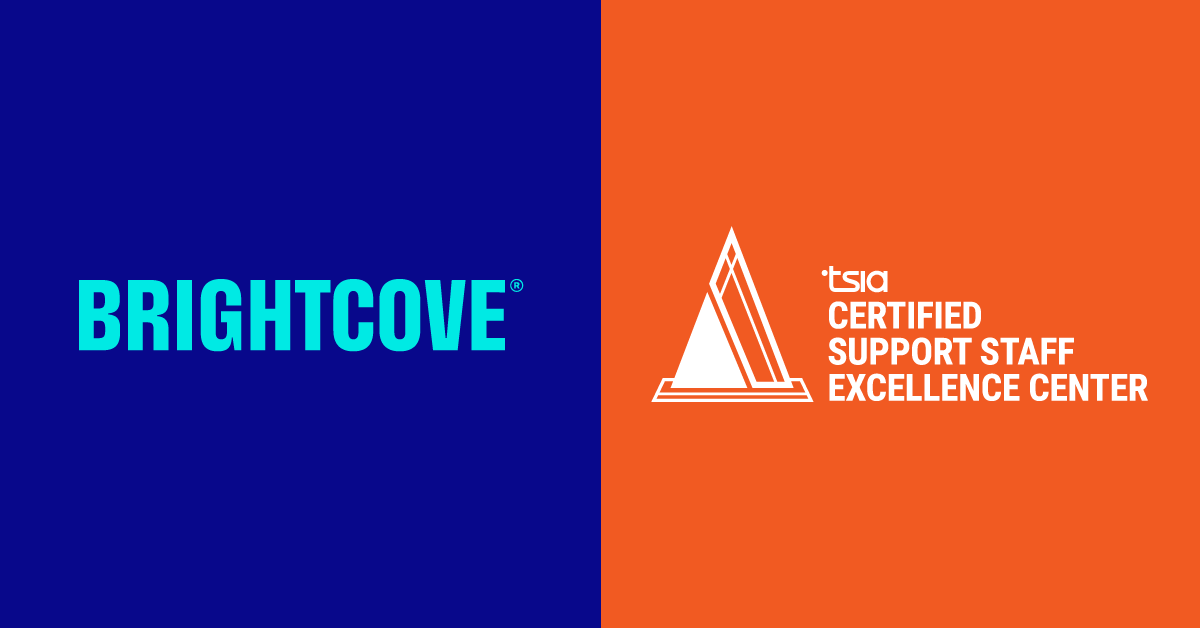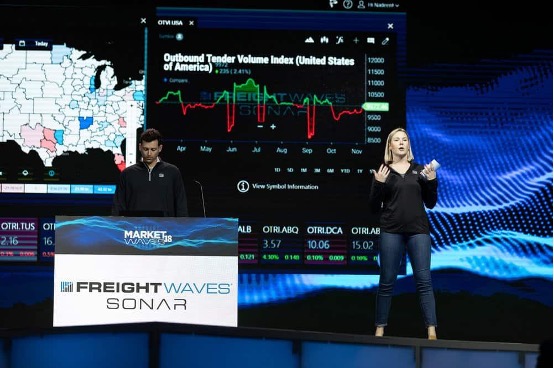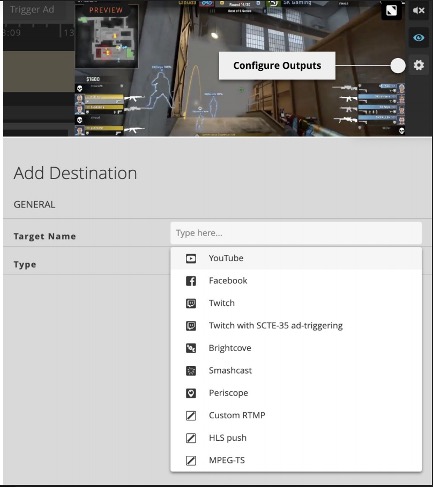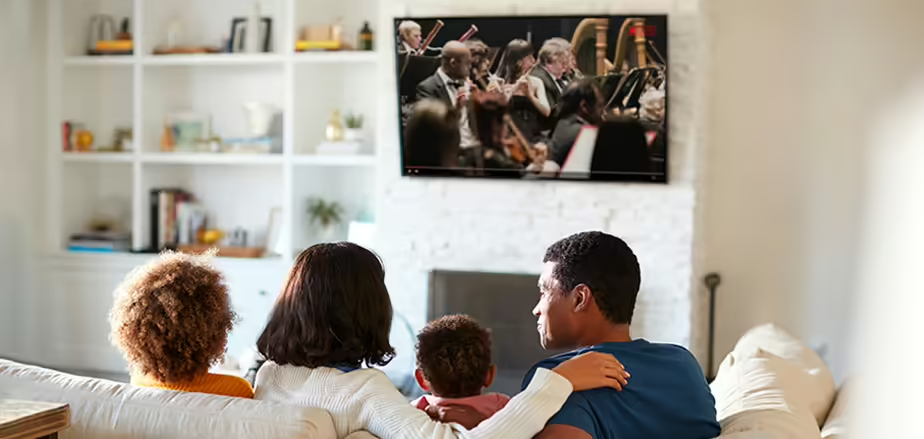BRIGHTCOVE WINS 7TH STRAIGHT TSIA SUPPORT STAFF EXCELLENCE AWARD
bsp-admin-1 on December 3, 2020
AWARD-WINNING SUPPORT, SEVEN YEARS AND COUNTING
At Brightcove, we’re immensely proud and excited to share that once again, the Technology & Services Industry Association recognized our customer support team for Support Staff Excellence, a recognition we have received for seven years in a row.
We sat down with Brightcove’s Chief Customer Experience Officer, Denise Grimley, to find out what it takes to build a high-level global customer support team for a B2B business and why it matters. A lot.
Denise, what is the Technology Services and Technology Association (TSIA) Award criteria?
It’s a couple of things; the first is that every single person in the support organization, every two years, has to go through a program to become a “Certified Support Professional”. Once this is complete, our Technical Support Organization must prove, through metrics, that we’ve made a significant change in our organization that makes a better experience for our customers.
This year, the TSIA evaluated Brightcove on customer satisfaction and feedback.
We went from an 18.37% response rate to a 31.05% response rate. We were able to accomplish this by rethinking the way we ask customers for feedback. In addition, we lowered our case age metric by over 2.5 days, this means our customers have the answers they need faster.
What does it mean for Brightcove to be recognized as a Support Staff Excellence Award recipient seven years in a row?
I believe anyone can learn software languages, javascript, HTML, CSS, or whatever software is required for the role, in fact, that is how I started in the tech industry – but I can’t teach empathy. You either have it, or you don’t. For me, why we’ve done so well in this area is because we hire for precisely that. We look for people who understand that the customer’s ability to run their business and feed their families depends on our ability to help them solve their problems.
I’m incredibly proud that as we hire new talent, we keep that as a center point for our search. We look for individuals who bring the mindset that we’re all humans trying to make our way in this world and that every single exchange that we have has a profound impact on that person and their job.
How do you grow a support organization to compete at a high-level year after year?
It starts with who you hire. Patrick Lencioni, an author that our leadership team has worked with to help build better teams, has a book all about hiring individuals who are hungry, humble, and smart. The “smart” you should be looking for doesn’t necessarily refer to intellect or technical knowledge, but rather the ability to interact with others.
Your ability to infer stress, a plea for help, or the customer’s temperament through a plain text email is essential for the role.
You’ve been at Brightcove for ten years. How has customer support changed over those ten years? What’s the most important thing now, and what will be important moving forward?
One thing that has changed over the past decade is the speed of technology. From live chat to call me now buttons to web portals. There are so many different ways to interact with your customers and so many tools to enable your support organization to help customers faster.
We’re always looking for what’s next for tools that will improve our communications with our customers.
Why is having a global support organization crucial for B2B companies?
We’re all humans, and each region has its differences and preferences. Employing customer support team members across regions ensures the person customers interact with understands the nuances in language and culture that are paramount to providing top-notch customer service. Employing a human being who understands the language and the customer’s background inspires confidence that a solution will be reached quickly and efficiently.
Additionally, a global support team enables around-the-clock coverage to help solve problems faster and more efficiently, wherever or whenever the need arises. For example, if you open a case in Sydney, we can pass it to London, Boston, and even Guadalajara so that you will have someone working with you around the clock.
What else do people need to know about support and why it’s so important?
When it comes to customers, they need to know more about how they can get the support they need. If they know all the different ways they can contact your business, they can get help faster. Companies should make it clear how customers can and should get in touch for specific issues.
For businesses, we must have a greater awareness that those who work on technical support teams are truly the unsung heroes of many organizations. I think it’s vital for businesses to acknowledge how much our support teams do to keep customers happy and engaged. The phone rings, slack dings, and live chat beeps non-stop, always with a problem that needs to be fixed. It takes a resilient individual to get up every day, solve the case at hand, and then do it all over again, often without any thanks.











